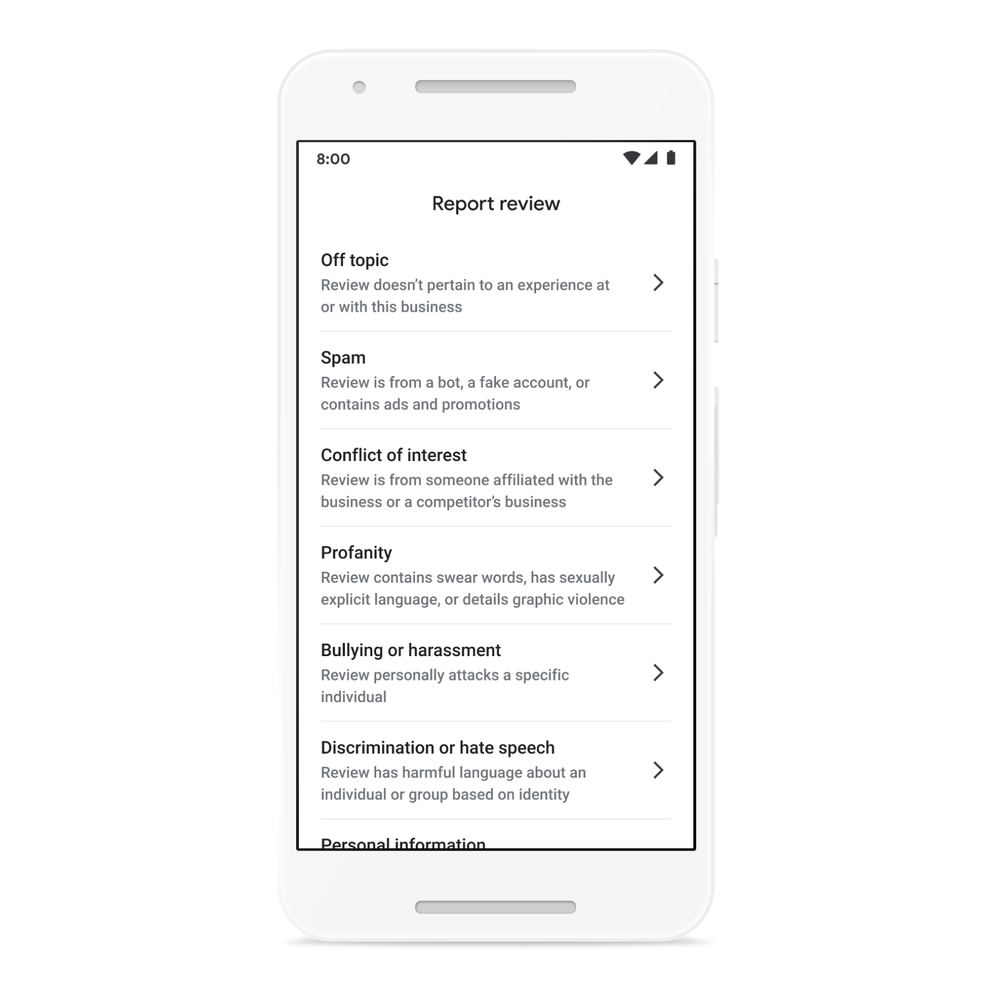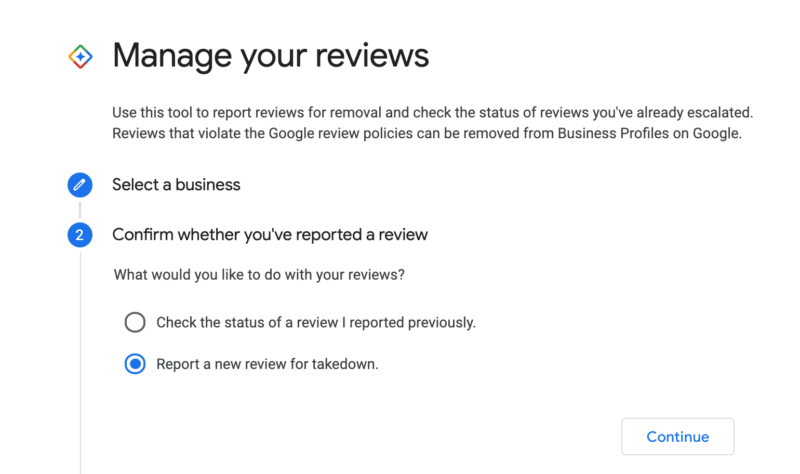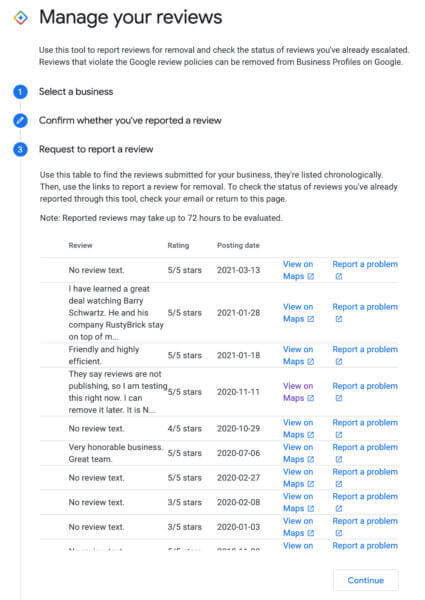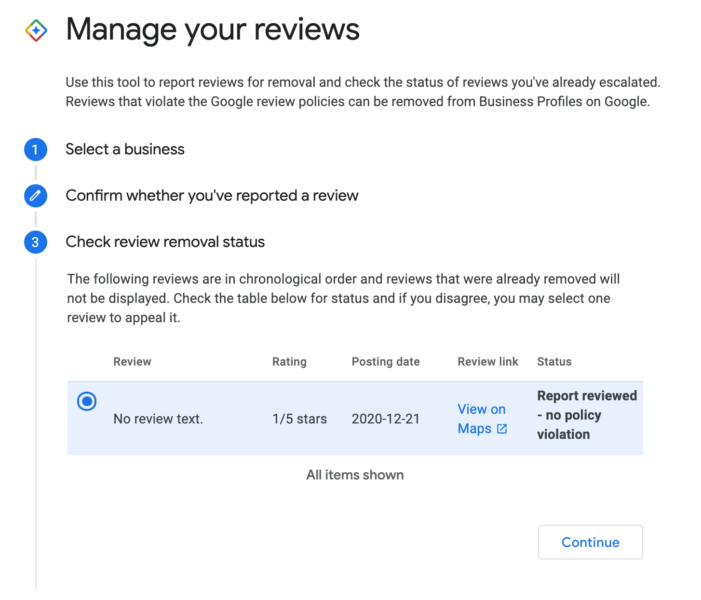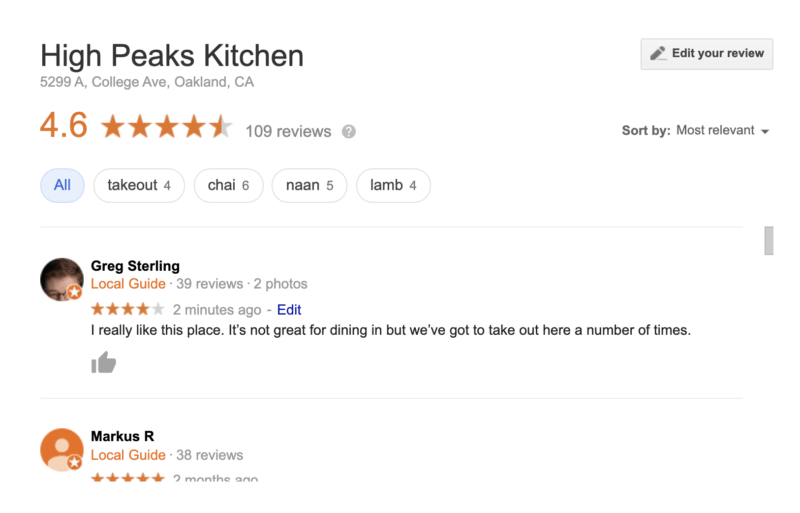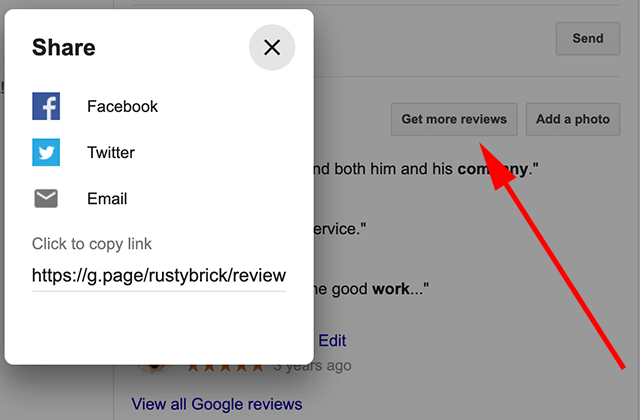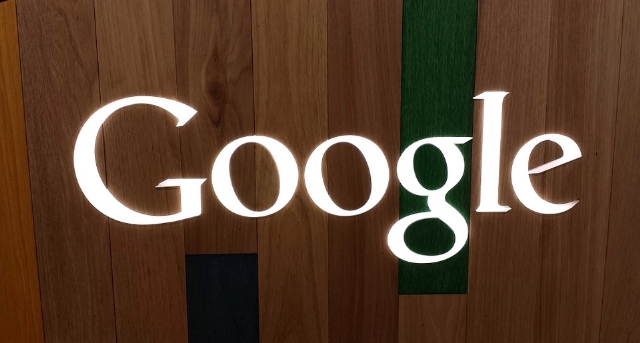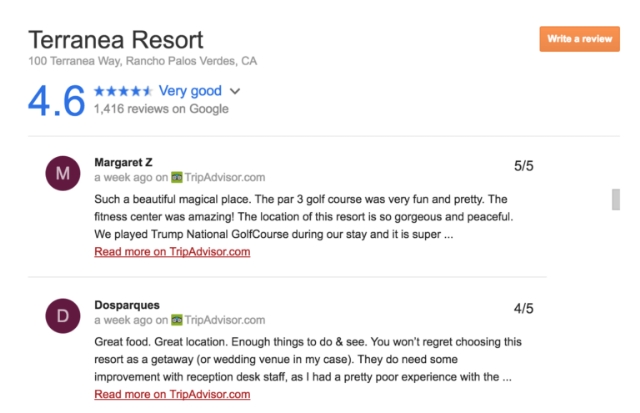Thanks to a new review algorithm, Google says it has become better and faster at identifying fake reviews. In a new blog post, the company declared, “In 2023, this new algorithm helped us take down 45% more fake reviews than the year before.”
According to Google, it receives more than 20 million contributions every day to Maps and Search. This can make it very difficult to filter out the inauthentic or malicious contributions, so Google uses complex algorithms, along with employees, to help spot these fake contributions.
The New Algorithm
The latest major algorithm designed to detect and remove fake reviews was added last year. In the blog post, the company describes the algorithm as “a machine learning algorithm that detects questionable review patterns even quicker” by evaluating “longer-term signals on a daily basis” to spot “one-off cases and broader attack patterns.”
For example, the algorithm may act if it sees that “a reviewer leaves the same review on multiple businesses or if a business receives a sudden spike in 1 or 5-star reviews.”
In one case, the algorithm noticed when a group of scammers began falsely claiming they could get people paid for doing high-paying online tasks like writing fake reviews or clicking ads.
As the company described, the algorithm “quickly identified this surge in suspicious reviews thanks to its ability to continuously analyze patterns, like whether an account had previously posted reviews.”
With this data, human review analysts were able to cross-reference the data with reports on merchants who had seen a spike in suspicious 5-star reviews to remove even more of the fake reviews.
In just this one scheme, Google says it was able to remove more than 5 million fake reviews within just a few weeks.
More From The Data
Along with highlighting how the new algorithm allows Google to identify fake reviews, the blog post highlights several other statistics about fake reviews and spam it had removed throughout 2023:
- Google blocked or removed over 170 million policy-violating reviews in the past year (a 45% increase from 2022).
- Over 12 million fake business profiles were blocked or removed in 2023.
- 14 million policy-violating videos were identified and removed (an increase of 7 million more than the year before).
- Google prevented more than 2 million attempts from bad actors to claim Business Profiles that were not theirs (double the amount from 2022).

